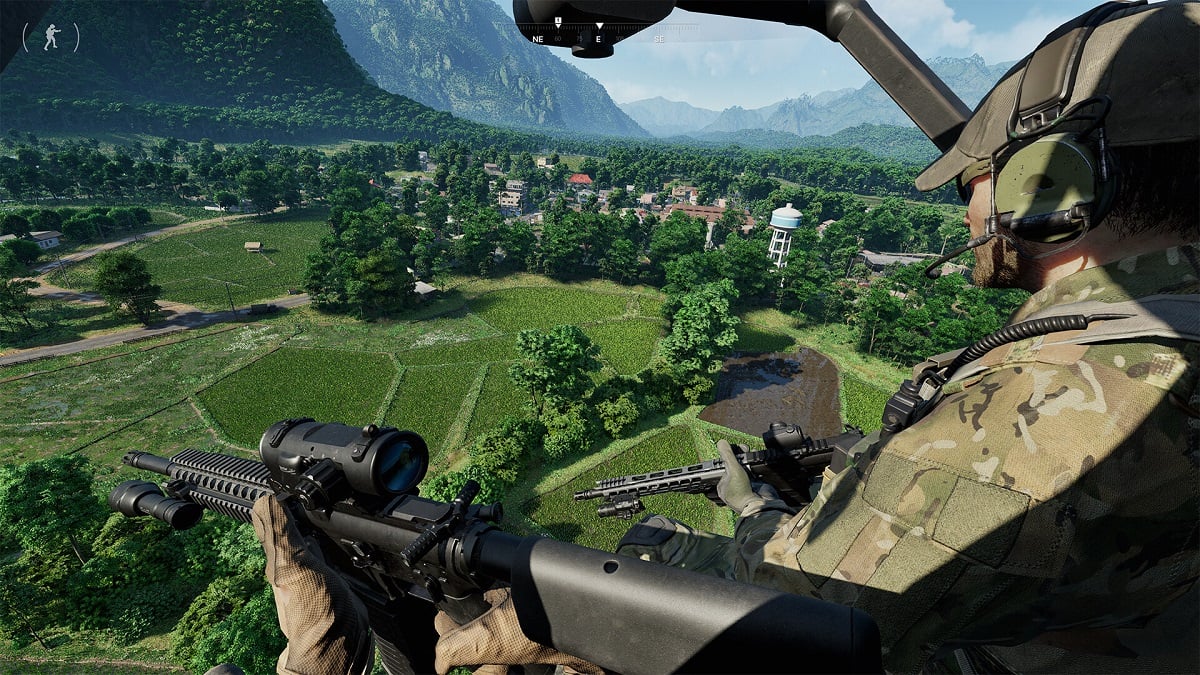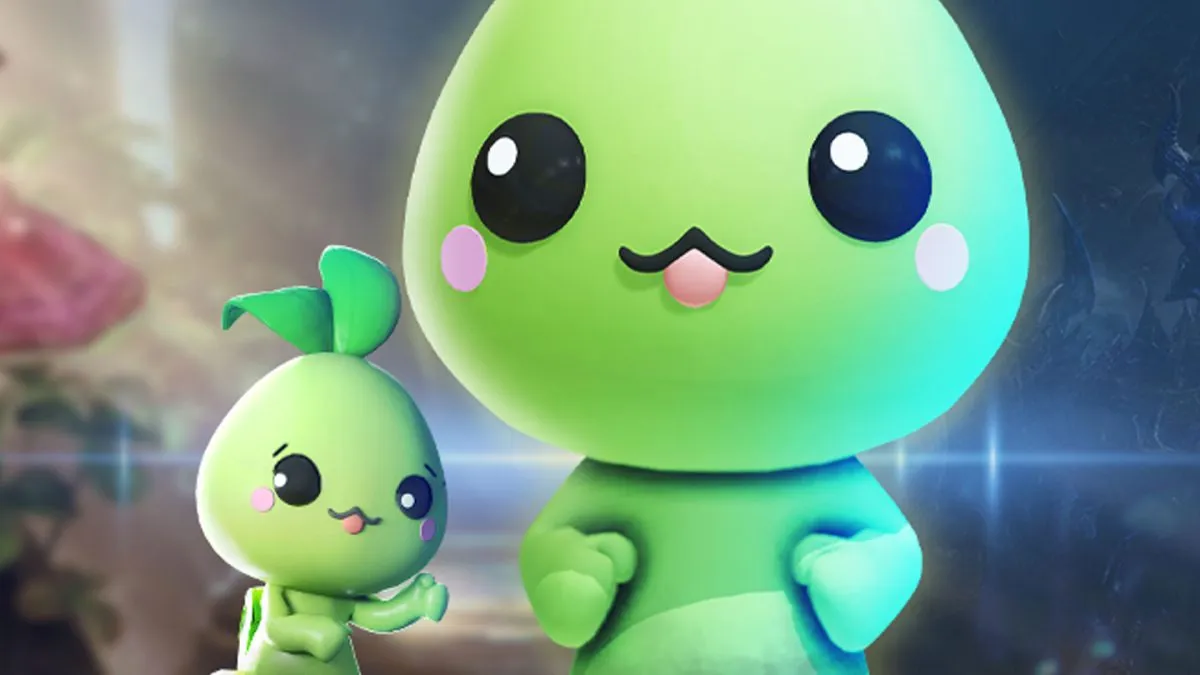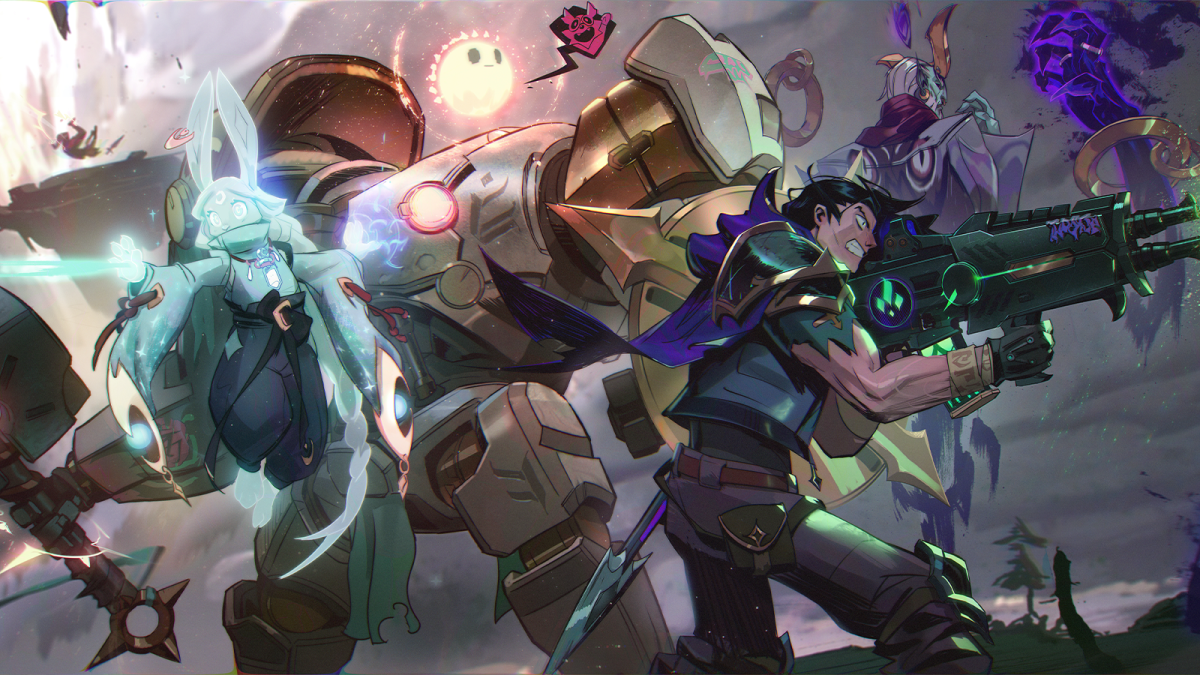Adrian Ma was only 17 years old when he graduated high school earlier this year—a full year ahead of schedule. The Houston native was eager to focus full time on his budding career in League of Legends, a five-on-five computer game with an increasingly lucrative professional scene.
Ma’s team was part of the Challenger league, the amateur level just below the largest professional competition in North America and Europe, the League Championship Series. There, players compete in a weekly broadcast league and earn sizable, yearly salaries. Ma, with his significant amateur chops, was a serious contender to go pro. But he quickly realized that the gruelling professional scene, where teams need to practice eight to 12 hours a day just to keep up, was both very difficult and very risky. Leaving school early, he later admitted, was a “mistake.”
“I missed out on a lot of the things I would’ve done senior year,” he said. “Which basically meant I had no preparation for college and beyond.”
That left him in a precarious situation. How could he get into a college with a transcript filled, most recently, with League of Legends?
On July 14, a tweet from a professional League coach Ferris “AGeNt” Ganzman caught his eye.
If you’re a Challenger/High D1 LoL Player and are looking to attend University RMU is offering 30 50% scholarships – http://t.co/8QzyDDi7wd
— AGeNt (@AGeNtl0l) July 14, 2014
Ma thought it was a joke at first. A college offering scholarships for a video game? But after contacting Ganzman, Ma realized it was very much real.
Robert Morris University in Illinois started handing out athletic scholarships for esports in June, and “Popstar Adrian,” as Ma goes in the game League of Legends, will be one of their first varsity players.
Competitive video gaming, or esports, is growing exponentially. Just last month, ESPN broadcasted a Dota 2 team winning nearly half of an $11 million prize pool; over 20 million people watched Chinese team Newbee become instant millionaires. But the future of esports isn’t on ESPN. It’s not in the Staples Center, which sold out for an esports event last year.
It’s on college campuses.
…
In 2009, some students at Princeton challenged rivals at MIT to a match of StarCraft. At the same time, a University of California San Diego student named Duran Parsi formed his own team. The two groups, who knew each other through StarCraft community website Team Liquid, decided to form a single competition, organizing matches in Google docs and Excel spreadsheets, and the Collegiate StarLeague (CSL) was born.
They weren’t the only ones looking to expand the collegiate footprint of esports. About a year later, a pair of brothers at the University of Texas in Austin created a club to promote esports competition at their school, called the Texas Esports Association. And in in the Summer of 2011, a simple post on the official League of Legends spurred the formation of IvyLoL, a competitive college association for the biggest esport in the world.
Those groups laid the groundwork for what’s become a rapidly growing and maturing infrastructure for competitive collegiate gaming. The Collegiate Star League featured 550 teams and over 5,600 players last season, and introduced their third game this year, adding Dota 2 to their StarCraft 2 and League of Legends competitions. TeSPA took the Texas out of its name, calling itself the eSports Association so it could focus on broader national goals. It now encompasses 700 schools and organizes college events across the nation, handing out thousands in scholarships as prizes. In 2012, TeSPA partnered with IvyLoL for Lone Star Clash 2, the first live final for a college esports tournament. 
“I don’t think any of us thought this far into the future at all,” Parsi, now CSL’s CEO, said. “We were just doing it because it was really fun and every season kept getting bigger and bigger, which was awesome.”
College sports are a gigantic business, with millions of dollars tossed to coaches and massive television contracts funding bloated athletic programs. College football is the country’s third most popular sport, ahead of NBA basketball and NHL hockey. The biggest star on ESPN these days? Johnny Manziel, the college football prodigy who has yet to play in his first professional game.
College esports may not be on that level. They may never be. The don’t have a Manziel, a Jameis Winston, a Jadeveon Clowny. But they have produced a number of pro players.
StarCraft 2 prodigy Conan “Suppy” Liu helped make University of California, Berkeley the most winning team in CSL history before leaving school to sign a professional contract with Evil Geniuses. Liu was awarded the CSL Excellence in eSports Award in 2012. And then there’s Alan “KiWiKiD” Nguyen, who made his name in League of Legends on the UT Austin team, which helped earn him a spot on pro team Dignitas.
Most esports scenes are very top-heavy. This year’s edition of The International, the biggest Dota 2 tournament in the world, featured nearly $11 million in prize money. But only 2 percent of that went to teams outside the top eight of the tournament. Only a select elite few earn enough money to make a living, leaving amateur and semi-pro players struggling to make ends meet while finding the time to build a career.
That problem also extends to the tournaments themselves. There’s little incentive to host events that don’t include the upper echelon of players, considering they attract the most viewership and advertising dollars. “Sometimes the pro scene is de-motivating, since the barrier to entry is so high,” Parsi explains. It’s tough for an amateur to break into a scene against professionals practicing 12 hours a day, he notes, with no clear path to build your talent to that level, and no way to compete against your peers.
College esports provide the perfect platform to change that, a structured environment where teams and players meet not just to battle over exorbitant prize purses, but for school pride. And if you realize the pro gaming life isn’t for you, like Ma, you have a safety net: a degree.
That’s one of the things that makes college esports so exciting. For over a decade, the industry has struggled to provide an adequate structure to support amateur players. The grassroots initiatives spawned on college campuses over the past four years have done just that. The Collegiate Star League and IvyLoL both grew from the same idea: Wouldn’t it be fun if we could compete against other nearby schools at the games we love?
The challenge now is combining the massive growth of the student-initiated and student-run esports programs with increasing involvement from the official side of things. Robert Morris University may be the first university to institute esports scholarships, but it likely won’t be the last.
The North American Collegiate Championship (NACC), the biggest college competition around, already shows that kind of collaboration is possible. Organized by the developer of League of Legends itself, Riot Games, in conjunction with CSL and IvyLoL, it handed out $100,000 in scholarships for the finale in February. University of Washington beat San Jose State University to win the championship.
NACC is likely just the start of increased attention on the growing collegiate scene. IvyLoL president Trey Sweeney calls developer and university involvement “crucial” to the future of college esports, and he believes it doesn’t have to come at the cost of existing communities. “We can stay true to our roots of respecting our player base while continuing to scale up and provide a great service,” he said.
Taking college esports to the next level, however, will require money that student-run organizations just don’t have. While IvyLoL and CSL have both managed to host live finals in conjunction with other esports events over the past two years, that’s just a small start to bringing college esports out of the dorm room and computer lab and into a more sporting environment.
 Parsi believes more official school involvement is inevitable, whether it’s officially recognizing esports groups as club sports or adding esports to the athletics program like Robert Morris University.
Parsi believes more official school involvement is inevitable, whether it’s officially recognizing esports groups as club sports or adding esports to the athletics program like Robert Morris University.
“I hope that we get to a point where the schools are fronting costs of participating, and paying for the teams’ travel to final events and big LANs,” he said, referring to tournaments that are run over local PC connections rather than the Internet.
The elephant in the room, of course, is the NCAA, the monolithic organization that governs college sports. Should college esports seek its validation?
Probably not, according to Parsi: “It may happen, but outside of the novelty of being recognized as being part of the NCAA, I don’t really think there would be a huge benefit.”
…
Gaming on a college campus is hardly a new phenomenon. In 1993, Carnegie Mellon University had to institute a policy to curb intranet use of Doom. Colleges have been a hotbed for small LANs and console gathering for as long as video games have existed. But competitive gaming has also long been the type of unacademic activity you’d probably try to hide from your professors and parents and maybe significant other. Integrating gaming into the fabric of the educational system provides new opportunities for students who possess a rarely appreciated talent.
“Being able to get an education while playing the game I love at a semi-competitive level was the perfect option for me,” said Ma, who plans to study computer science when he heads to Robert Morris University next semester. His scholarship, which covers 50 percent of his costs, is something he wouldn’t have received at a school without an esports program.
Plus there are other benefits. The collegiate scene, he says, is comparable to the amateur offerings in League of Legends. “I get to play league at competitive level with a brand new infrastructure that can rival some of the bottom LCS teams,” Ma continued.
That’s hardly an exaggeration. The school plans to set up a gaming room with 35 PCs and a projection screen so the team can film review. The plan is to put together a squad of 30 varsity players and 30 varsity reserves; the school will offers 50 percent scholarships to former players and 25 percent to the latter.
It’s a significant investment, and a sign that the program isn’t just a marketing ploy, as some critics have claimed. Robert Morris University isn’t a top tier school; it ranks 92 on the U.S. News & World Report regional ranking for Midwest schools. The scholarships it offers only covers at most half of the university’s $22,800 tuition. The program itself may not last the four years it will take for their first esports athletes to earn their degrees. But it’s a risk players are willing to take.
Ma is certainly excited for the opportunity. He plans to earn his degree at the same time he takes the North American Collegiate Championship away from the University of Washington. The thing Ma is most looking forward to isn’t necessarily the competition, or even his education. It’s the snow, he says, a little tongue in cheek.
“Definitely the snow.”
The most he gets in Houston is a little hail.
Photo by jacobroeland/Flickr (CC BY-SA 2.0) | Remix by Fernando Alfonso III





